The idea of cultivating fresh produce in your home vegetable garden sounds appealing, it can be challenging as a first-timer. Decisions like what to do and what to avoid can make or break your first experience with gardening. In this guide, we'll walk you through the dos and don’ts of making a vegetable garden, including tips on how to grow vegetables in your balcony and setting yourself up for success.
Do: Assess Your Space and Light Conditions
Before you even begin digging up your garden, take a good look at your space. Understanding your environment is crucial to determine how and where you set up your garden.
- Evaluate Sunlight: Most vegetables need at least 4-6 hours of direct sunlight daily. Observe your space throughout the day to identify the sunniest spots.
- Space Constraints: Evaluating the space available helps identify the constraints in advance so that one can make the right adjustments. For example, for small areas like balconies, container gardening is your best bet and your pots are placed where they receive adequate sunlight.
- Plan for Air Circulation: Good airflow helps prevent diseases. So, you should avoid placing plants in cramped corners or areas with stagnant air.
Don’t: Ignore Drainage and Soil Quality
Root health is often overlooked by beginners, with most of their focus on the shoot part that they see everyday. However, neglecting drainage and soil quality can damage your roots and sabotage your efforts.
- Proper Drainage: Make sure that the containers or pots you use do not retain excess water and facilitate proper drainage. Waterlogging can lead to root rot.
- Soil Quality: Do not rely solely on garden soil, especially for container gardening. Instead, use a nutrient-rich, well-draining potting mix. You can also improve your soil by adding compost or organic matter. Additionally, ensure that the soil used is loose enough for proper aeration.
Do: Choose The Right Vegetables For You
Not all vegetables thrive everywhere or at all times. Select varieties suited to your climate, season, and available space.
- Expertise: Start with easy to grow varieties like lettuce, radishes, cherry tomatoes, and herbs like basil and mint that are perfect for beginners.
- Space: For balcony gardens, containers matter. Use pots of appropriate size for each plant, and consider vertical gardening options like wall-mounted planters to maximize space.
- Season and Climate: Research your region’s planting calendar. Growing seasonal vegetables leads to better yields and flavor.
Don’t: Over-complicate Your First Attempt
A common mistake that many beginners make is to try and do a little bit of everything and grow as many vegetables as possible. As mentioned before, different plants thrive in different conditions. Juggling all of them at once is a tedious process and requires some level of experience.
- Start Small: Start with plants that are easy to grow and care for. Expand only when you gain confidence.
- Avoid Overcrowding: Too many plants at one place can lead to them competing for nutrients, which can lead to poor growth.
- Companion Planting: If you want variety, opt for companion planting, i.e., plants that work well together, but keep it limited. For example, tomatoes and basil can be grown together.
Do: Use The Right Tools and Supplies
Having the proper equipment makes gardening easier and more enjoyable.
- Basic Tools: Invest in essentials like gloves, watering can, hand rake, fork, and trowel, etc.
- Grow Kits: If you are struggling with finding the right tools for you, you can instead go for a pre-made grow kits that contain all the tools to cover your bases. All you need to do is take the plunge and start digging!
- Fertilizers and Pest Control: External help is required to ensure that your plants keep thriving throughout the process. Opt for organic fertilizers and natural pest deterrents to keep your garden eco-friendly.
Don’t: Rely on Poor Quality Seeds and Pots
Quality matters when it comes to seeds and containers.
- Choose Reliable Seeds: Use seeds from reputable sources. Check the variety and suitability for your region.
- Match Containers to Plant Needs: Larger plants like tomatoes need bigger pots; herbs can thrive in smaller containers. Ensuring your containers are appropriate in size helps prevent root congestion.
Do: Maintain Consistency in Care
A disciplined watering routine is key to a successful vegetable garden.
- Establish a Routine: Water your plants early in the morning or late afternoon to reduce evaporation. Keep a schedule and stick to it.
- Check Soil Moisture: Keep the soil consistently moist but not soggy.
- Monitor for Pests and Diseases: Regularly inspect your plants for signs of trouble. Early detection saves you headaches down the line.
In a Nutshell
Making a vegetable garden can boost your health, sustainability, and happiness. By following these do’s and don’ts, you set the stage for a lush, productive garden. Most importantly, don’t forget to be patient and celebrate your wins. Your future self will thank you for the fresh, homegrown vegetables that await you!


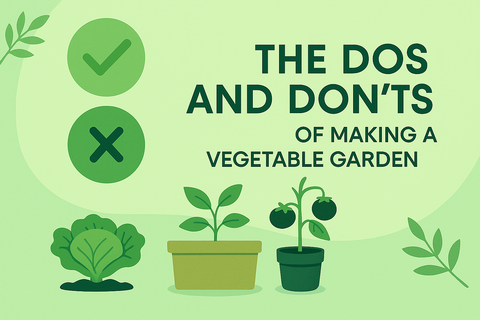
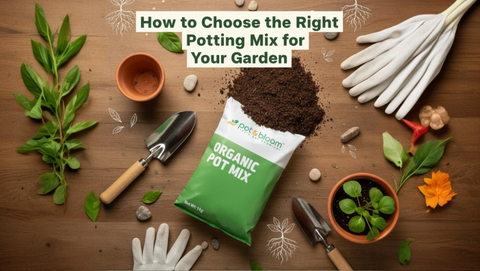
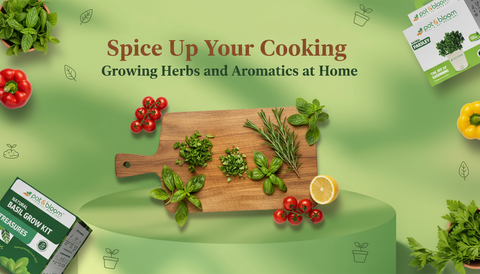
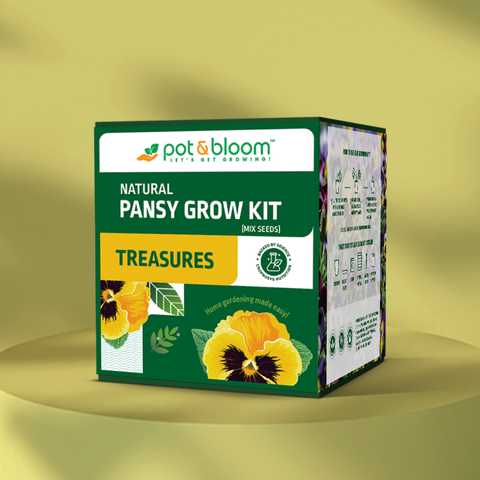
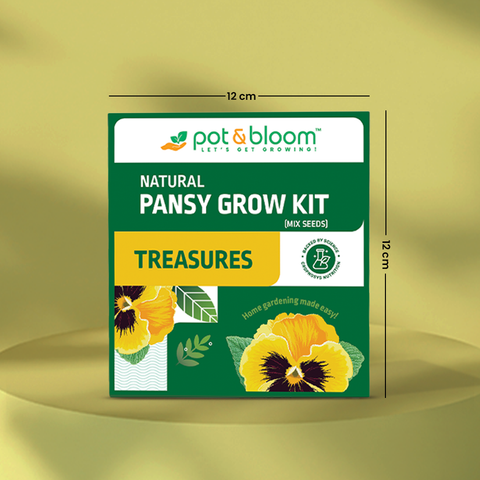
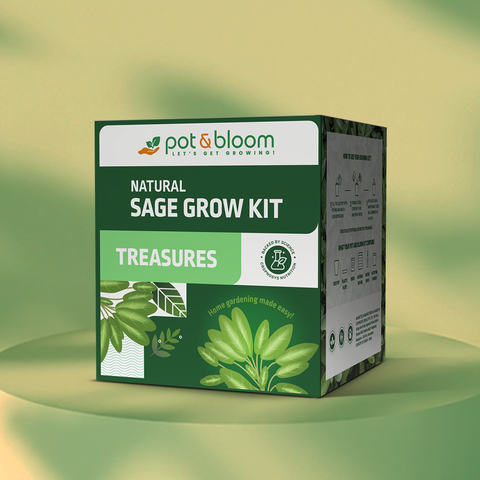
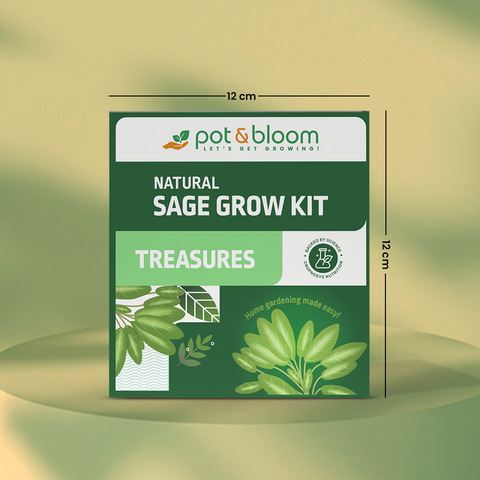
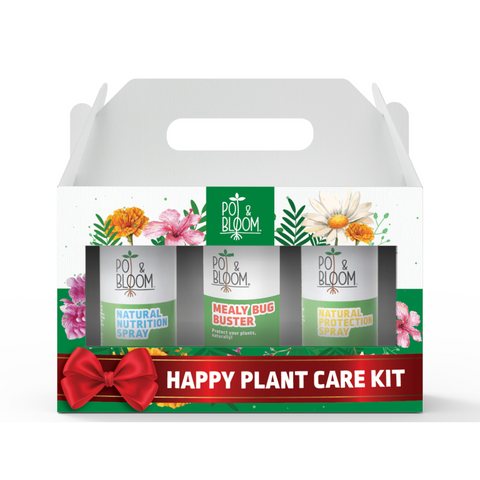
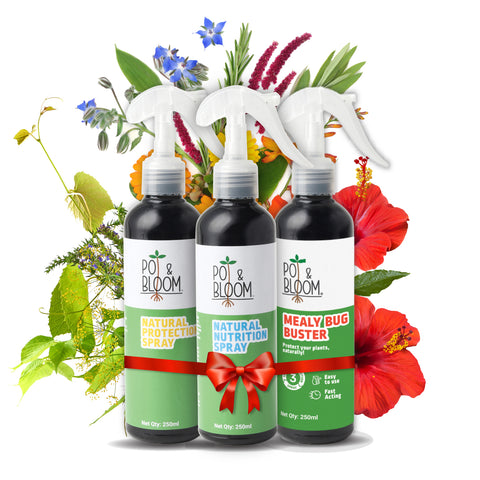
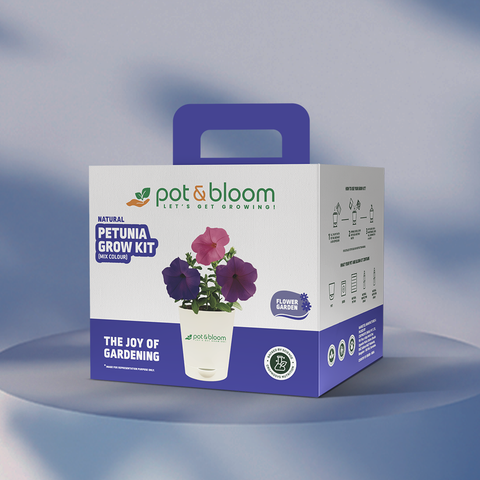
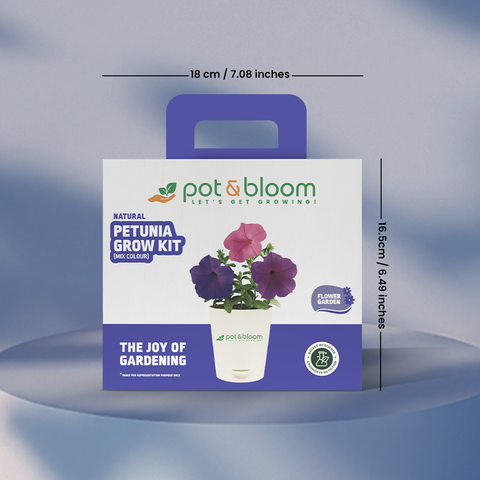


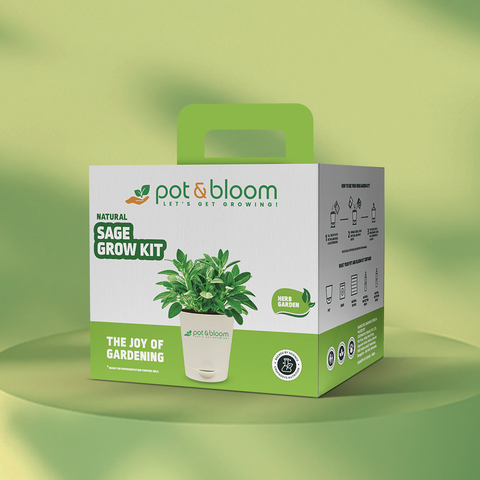
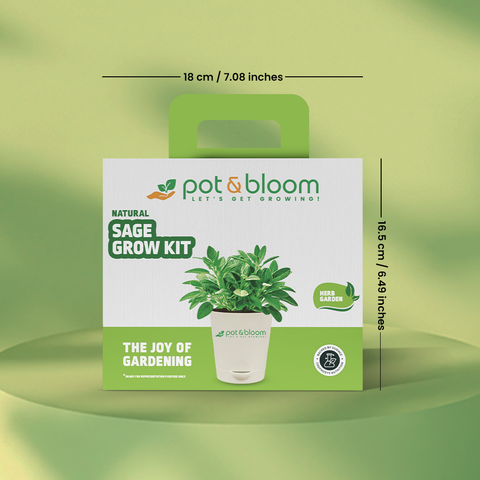
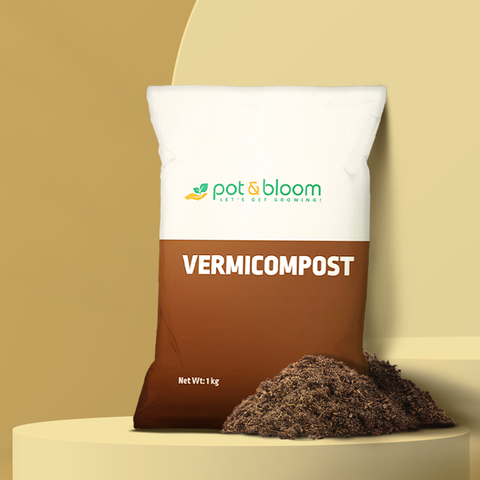

Comments (0)
There are no comments for this article. Be the first one to leave a message!